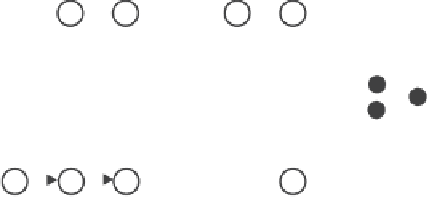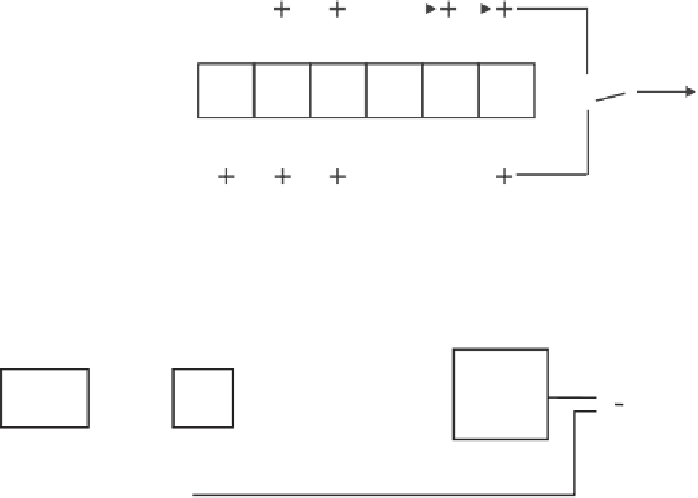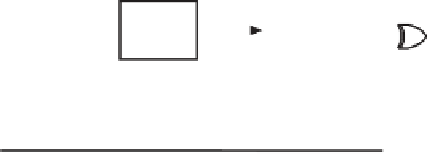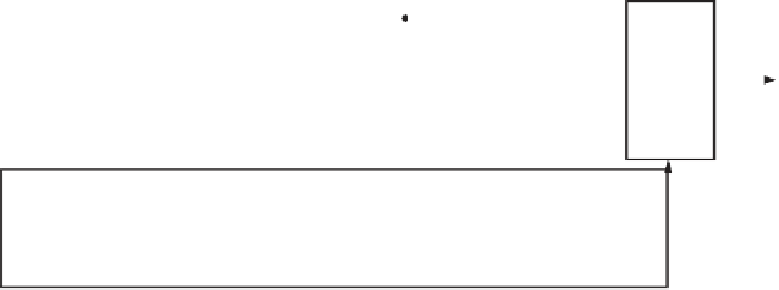Global Positioning System Reference
In-Depth Information
are generated by different initial loads of the register. The register is reset every
10,230 chips for CM and every 767,250 chips for CL. The CM code repeats 75
times for each repetition of the CL code. At the 511.5-kchip/s rate, the period of the
CM code is 20 ms (one P(Y) code data bit period) and the period of the CL code is
1.5 seconds (one X1 epoch or Z-count).
The rate one-half constraint-length FEC scheme used to encode the 25-bps L2C
navigation data into a 50-baud bit stream is shown in Figure 4.23.
The minimum specified received L2C power level for signals broadcast from the
Block IIR-M and IIF satellites is
−
160 dBW [10].
4.5.2 L5
The GPS L5 signal is generated as shown in Figure 4.24. QPSK is used to combine
an in-phase signal component (I5) and a quadraphase signal component (Q5). Dif-
ferent length-10,230 PRN codes are used for I5 and Q5. I5 is modulated by 50-bps
navigation data that, after the use of FEC using the same convolutional encoding as
L2C, results in an overall symbol rate of 100 baud. A 10.23-MHz chipping rate is
employed for both the I5 and Q5 PRN codes resulting in a 1-ms code repetition
period.
G2 (133 octal)
Output symbols
(50 sps )
(Alternating G1/G2)
Data input
(25 bps)
G1 (171 octal)
Symbol
clock
Figure 4.23
L2C data convolution encoder.
100-Hz Symbol Clock
10-symbol
Neuman-
Hofman
code
I5
100 sps
1 kbaud
L5 data
message
Add
CRC
Encode
with FEC
276 bits
300 bits
50-Hz data clock
QPSK
modulator
L5
Signal
XI(t)
1ms
epochs
Code
generator
XQ(t)
10.23-MHz
Code Clock
Q5
1 kbaud
20-symbol
Neuman-
Hofman
code
Carrier
Figure 4.24
L5 signal generation.
















































Search WWH ::

Custom Search